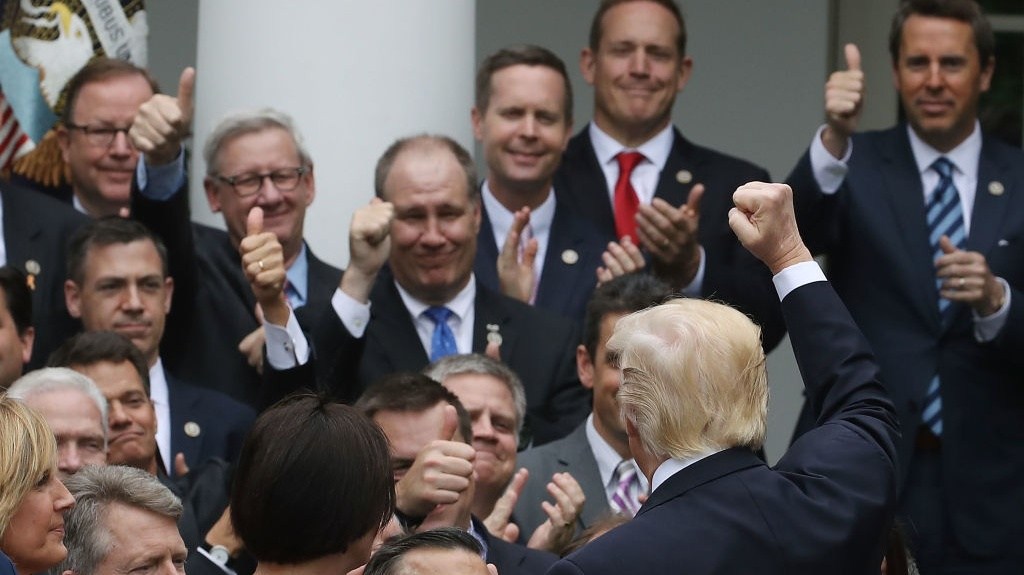Latino men and women were other groups that saw unemployment rise in the final month of 2022, increasing from 3.6% to 4% for Latino men and 3.6% to 3.7% for Latina women.
Michelle Holder, a senior fellow at Washington Center for Equitable Growth, told CNBC that since the onset of COVID-19, the national workforce has generally refilled the positions left vacant following initial unemployment spikes.
“What we’ve really seen over the course of the last nearly three years since the pandemic hit, is that we’ve regained, in terms of aggregate numbers, all of the jobs lost,” Holder said.
She added, however, that enduring changes across multiple industries have disproportionately left some groups, including Black women, struggling to find work.
“But the sort of industrial mix has changed, and has kind of impacted what we’re seeing with regard to the distribution of joblessness, by gender, race and ethnicity. And it’s really disaffecting Black women and Latinx men,” Holder said.
Despite improvements across multiple labor markets since the beginning of the pandemic, industries that had an overrepresentation of Black female workers have either shown minor gains or have simply not recovered to pre-pandemic levels, Holder told the outlet.
These industries include government education jobs such as university positions, which are down 24,000 roles due to strikes, the outlet reported.
Industries such as leisure and hospitality additionally have an overrepresentation of Black female workers, Holder said. 932,000 more jobs in this sector remain vacant when compared to February 2020, despite rising by 67,000 in December, per the report.
“Those are two industries that have not recovered well during the pandemic,” Holder told CNBC. “This is what is constraining Black women’s ability to get back to the state that they were with regard to the American workforce before the pandemic.”
Source: TheGrio Staff
Image: Christina @ wocintechchat.com/Unsplash



































